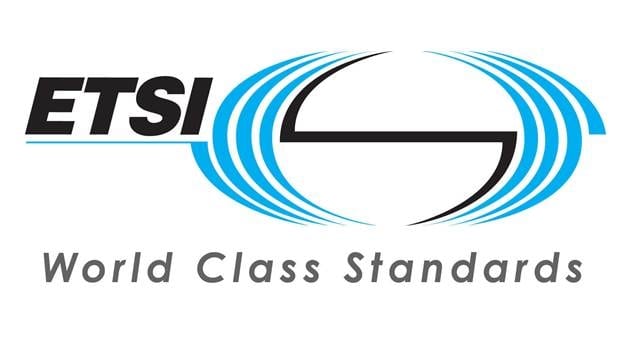ETSI announced the launch of the Industry Specification Group for Integrated Sensing and Communications (ISG ISAC).
This group will establish the technical foundations for ISAC technology development and standardization in 6G. 87 participants from both the industrial sphere and the academic sphere took an active part in the kick-off meeting, which was held at ETSI premises, in Sophia Antipolis, France, on 17 November 2023.
The founding members of the group elected Alain Mourad from InterDigital as Chair of the group, and Ayman Naguib from Apple, Richard Stirling-Gallacher from Huawei, and Prof. Henk Wymeersch from Chalmers University as the Vice Chairs.
The ETSI ISAC ISG’s mission is to enable ETSI members to coordinate their 6G pre-standard research efforts on ISAC, particularly across various European/National-funded collaborative projects, extended through relevant global initiatives, paving the way for the 6G standardization of the technology. The ISG targets systematic outputs on ISAC into international standards organizations, namely future 3GPP 6G releases (e.g., R20+) and ITU-R IMT-2030 deliverables, related to ISAC requirements and evaluation methodologies.
Within this context, sensing refers to the use of radio signals to detect and estimate characteristics of target objects in the environment. By integrating sensing into the communications network, the network acts as a “radar” sensor, using its own radio signals to sense and comprehend the physical world in which it operates. This allows the network to collect data on the range, velocity, position, orientation, size, shape, image, materials of objects and devices.
The sensing data collected and processed by the network can then be leveraged to enhance the network’s own operations, augment existing services such as XR and digital twinning, and enable new services, such as gesture and activity recognition, object detection and tracking, along with imaging and environment reconstruction.
The ETSI ISAC ISG will define a prioritized set of 6G use cases and sensing types, along with a roadmap for their analysis and evaluation. It will focus on advanced 6G use cases and sensing types which are not expected to be covered by 3GPP Release 19. These advancements may potentially be included in future 6G releases of 3GPP. The group also aims to develop advanced channel models for ISAC use cases and sensing types, with validation through extensive measurement campaigns, addressing gaps in existing communications-based channel models (e.g., 3GPP, IEEE 802. ITU-R).
Output for architectures and deployment considerations, KPIs, and evaluation assumptions will also be provided. In parallel, the group will undertake two studies, with a first analysis of the privacy and security aspects associated with sensing data within the ISAC 6G framework, and a second analysis of the impact of widespread deployment of ISAC on the UN sustainable development goals.
Alain Mourad, Chair of the ISAC ISG
Integrated Sensing and Communications add a new element of capability to the wireless network, enabling new innovative use cases in transport, urban environments, homes, and factories, ranging from object and intruder detection in predefined secure areas around critical infrastructures to fall detection and rain/pollution monitoring






















